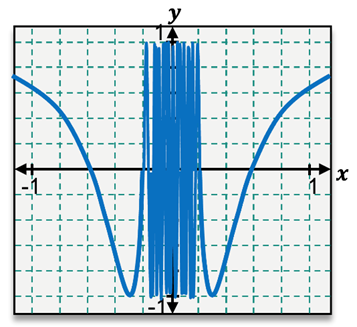Multiple Choice
Find the specified limit or state that the limit does not exist by creating a table of values.
, ,

−1
0
1
DNE
 Verified step by step guidance
Verified step by step guidance
 6:47m
6:47mMaster Finding Limits Numerically and Graphically with a bite sized video explanation from Patrick
Start learning
